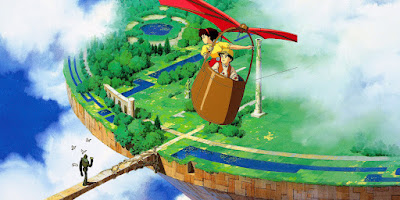It is well known that the line “infamy, infamy, they’ve all got it in for me,” from the 1964 film “Carry On Cleo”, was not written by its scriptwriter Talbot Rothwell, but was borrowed, with permission, from Frank Muir & Denis Norden and their radio series “Take It From Here” (1948-60), which included the prototypical dysfunctional family sitcom The Glums.
Of course, “Carry On Cleo” borrowed rather more than that, namely the leftover sets and costumes from the blockbuster historical picture “Cleopatra”, for which 20th Century-Fox had moved production from Pinewood Studios in Buckinghamshire, to Cinecitta in Rome, in 1961.
“Cleopatra” would be released in June 1963, having first signed Elizabeth Taylor to the starring role in September 1959. Meanwhile, “Carry On Cleo” was shot in July and August 1964 for a release in cinemas in December of the same year. Ironically, “Carry On Cleo,” in both its thrift and haste, is actually closer to what “Cleopatra” was meant to have been.
The “Cleopatra” crew had left behind an opulent and elaborate group of interior sets, and a standing outdoor set that was overwhelming in scale, but were constantly deteriorating in the dire British weather, requiring daily touch-ups on paint and masonry, and tropical vegetation to be replaced for each day of shooting. When Taylor developed a cold, later a fever and meningitis, a better climate was required for all aspects of production, and with the 1960 Summer Olympics now over, Rome became a more favourable option once more. With the decision made to start afresh, the $600,000 set and other items were left behind.
"Carry On Cleo”, starring Amanda Barrie as Cleopatra, Sid James as Mark Anthony and Kenneth Williams as Julius Caesar, was concocted as a way of using what was left behind, injecting British bawdiness into more luxuriously appointed surroundings than normal. However, producer Peter Rogers and director Gerald Thomas approached the shooting of the film in the same manner as their other productions, using mostly medium and close-up shots that work for the comedic acting and dialogue, but making no use of their sets’ scale. Mind you, this was only the second “Carry On” film to this point to be shot in colour, and its poster had to be made less similar to that of “Cleopatra” to avoid legal action, so expectations perhaps have to be set accordingly.
However, "Carry On Cleo" was what "Cleopatra" was originally intended to be: a quick, $2 million, 90-minute romp starring Joan Collins, who had been tested extensively for the role, while also intending to get 20th Century-Fox out of a sticky position with their finances by remaking the script for the almost-entirely lost 1917 “Cleopatra”, starring Theda Bara. The ambition of producer Walter Wanger, following the success of “Invasion of the Body Snatchers”, and the subsequent signing of Elizabeth Taylor, caused the production to spiral into a $44 million behemoth that nearly sank the entire company, having been seduced by how much more they could have if they had bigger production values and bigger stars. The contractual obligation to use a widescreen film process owned by Taylor, Todd-AO, developed by her late husband Mike Todd, is one of the less likely sequences of words in the history of filmmaking.
A later film shot at Cinecitta, the notorious adult film “Caligula”, also had its set reused for a parody, “Messalina, Messalina!”, made by “Caligula” co-producer Franco Rossellini. The film was released in 1977, two years ahead of its target - like "Cleopatra", "Caligula", a film of similar opulence and reputation, had its own set of problems.





